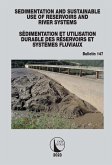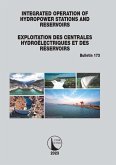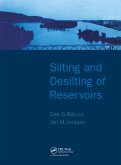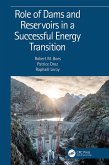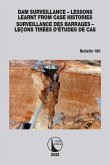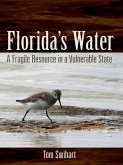ICOLD Bulletin 147 discusses the upstream and downstream fluvial morphological impacts of reservoir sedimentation and possible mitigation measures, and aims at hydraulic and dam engineers, in particular those with an interest in the sustainable use of reservoirs and river systems.
Dieser Download kann aus rechtlichen Gründen nur mit Rechnungsadresse in A, B, BG, CY, CZ, D, DK, EW, E, FIN, F, GR, HR, H, IRL, I, LT, L, LR, M, NL, PL, P, R, S, SLO, SK ausgeliefert werden.



